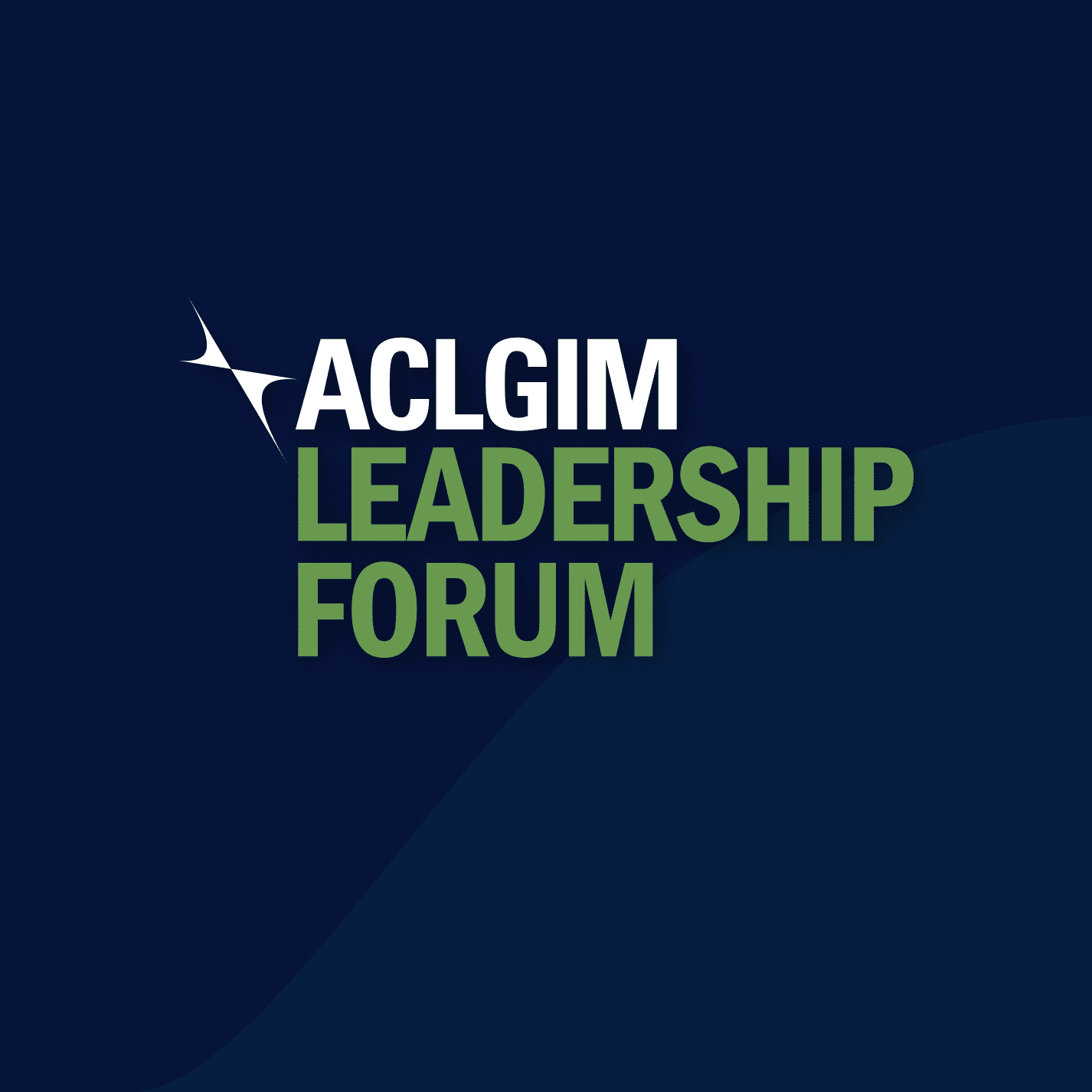Today’s most effective healthcare organizations and practices are led by inclusive leaders—those open to and supportive of diverse ideas, perspectives, and identities, and committed to continually improving their proficiency in inclusion concepts and skills to positively shape organizational culture.
Organizational culture can be thought of as “the patterns or systems of beliefs, values and behavioral norms that come to be taken for granted as basic assumptions”.3 What uniquely distinguishes inclusive leaders is their ongoing focus on signaling inclusivity at three levels of organizational culture:3 Michael Landry, MD (Mentor):
- Visible artifacts and observed behaviors. This ranges from the language, images, and accessibility indicators in the organization’s marketing materials (e.g., does the organization’s website and clinic materials include gender-neutral language?), email outreach, written policies, and practices, such as how job descriptions are written (e.g., are certain levels of education expected which may inadvertently exclude qualified candidates?). Inclusive leaders continually probe these areas, soliciting input from diverse stakeholders within and outside the organization to continually build awareness of areas they may or may not have considered.
- Espoused beliefs and values. Espoused beliefs and values are what the organization says it stands for (e.g., inclusion, equity) that may or may not be congruent with behaviors in the organization. One strategy for checking alignment between the organization’s values and behaviors is for leaders/members to create a table that lists the organization’s espoused values. Next to the values, leaders/members define the value and then describe (from their vantage point) how behaviors in the organization align (or don’t align) with the value. If we consider an organizational value like “inclusion,” it is not uncommon for leaders/members to say that their organization does not always welcome/include diverse perspectives, that some level of assimilation and adherence to the status quo is expected. This becomes a launching point for leaders/members to explore how the organization can better align behaviors with values.
- Underlying assumptions, or unconscious taken-for-granted beliefs. Underlying assumptions and beliefs constitute the most difficult level of organizational culture to influence because the thought and behavioral patterns which have developed since the beginning of the organization are now regarded as basic assumptions. Inclusive leaders continually examine underlying assumptions including how bias may be reflected in recruitment, evaluation, and promotion (or not) of members of minoritized groups (e.g., ability, age, gender, ethnicity, race, sexual orientation). This examination involves continually probing and broadening one’s leadership network to ensure input from diverse stakeholders is consistently integrated into improvement efforts. To broaden leadership networks, leaders should reflect upon the three to five people they go to for advice and then to further reflect on the identities of those individuals. We tend to associate with those who look, sound, and act like us.1,2 This reflection tool that can be used throughout leadership careers to continually expand networks and ideologies.
In closing, inclusive leadership involves a continual probing of three levels of organization culture. What aspects do or do not resonate with you? What are you doing in your own leadership practices to signal inclusion?
References
- Bahns AJ, Crandall CS, Gillath O, et al. Similarity in relationships as niche construction: Choice, stability, and influence within dyads in a free choice environment. J Pers Soc Psychol. 2017 Feb;112(2):329-355. doi:10.1037/pspp0000088. Epub 2016 Feb 1.
- Hampton AJ, Fisher Boyd AN, Sprecher S. You’re like me and I like you: Mediators of the similarity–liking link assessed before and after a getting-acquainted social interaction. J Pers Soc Relation. 36(7):2221–2244. https://doi.org/10.1177/0265407518790411.
- Schein EH. Organizational Culture and Leadership, 5th ed. Wiley & Sons, Inc.: Hoboken, New Jersey, 2017.
Issue
Topic
ACLGIM, Leadership, Administration, & Career Planning, Medical Education, Medical Ethics, Research, Social Justice
Author Descriptions
Dr. Bonomi (bonomi@socialjusticeassociates.org) is a faculty instructor in the Organizational Leadership Program at the University of Denver and founder/CEO of Social Justice Associates located in Broomfield, Colorado.
Share
Related Articles
Like Food, Health Care Is a Commodity
Noma, the world’s best restaurant, shocked everyone by announcing that it would…


